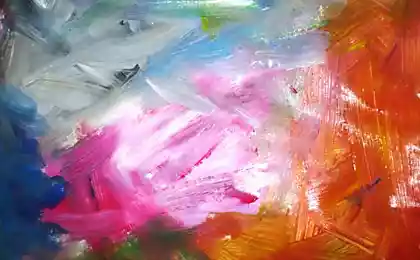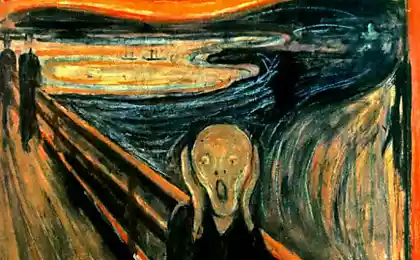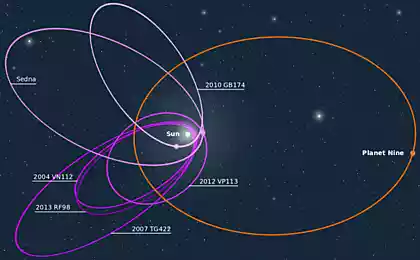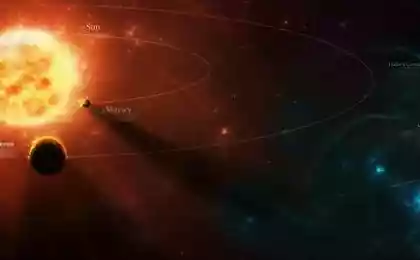1575
The picture of the distant future solar system as an example of detected white dwarfs

To date, using data from the Hubble Space Telescope, astronomers from the University of Warwick have found four white dwarf stars, containing dust in their atmospheres, giving us a rare glimpse at the future death of our own solar system.
Although dusty white dwarfs are known astronomical phenomenon - the dynamic instability at the birth of the white dwarf will destroy the remaining planetary body in its orbit, as if in a huge "hellish cauldron" of epic proportions. Four new white dwarf can become an example of how our solar system will look like in a few billion years.
In each case, the researchers found oxygen, magnesium, iron and silicon in the atmosphere dwarfs. The presence of these elements - an important sign that previously existed in orbit rocky worlds. For the record, these four elements make up approximately 93 percent of our Earth.
In addition to these basic elements of carbon was found, in proportions that closely match the proportions of carbon found in the rocky planets of the solar system. This - the first time such a proportion of carbon was found in the dusty ruins of surrounding white dwarfs.
Although the term "Earth-like" is often distorted in research extrasolar planets, astronomers know exactly Warwick on the values of these elements around distant stars. "What we see today is an example of white dwarfs, which are a few hundred light-years away, the picture may be very distant future Earth," said lead researcher Boris Gdnsitske.
Although we have a small hunch about the physical characteristics of exoplanets before they were destroyed, all of the components that make up the solar system planets - Mercury, Venus, Earth, Mars and asteroids - are present in the dust of white dwarfs. The proportions of these elements are very similar to the solar system.
There is a white dwarf, called PG0843 + 516, which stands out from the other three; he has an overabundance of iron, nickel and sulfur in the atmosphere. These special items were found in the nuclei of rocky planets. During the development of planetary gravity pulls these elements in the core - a process known as "differentiation." Differentiation occurs in large rocky worlds like Earth, forming the core, mantle, crust and probably tectonic activity.
Furthermore, since the force of gravity white dwarfs these elements should absorb quickly, the fact that they have been detected in the atmosphere Star indicates that rocky planetary body is torn into pieces immediately.
In NASA created a group are looking for a new scientific work for them on board the ISS
Dark matter can collide with the atoms in our bodies more often than expected























